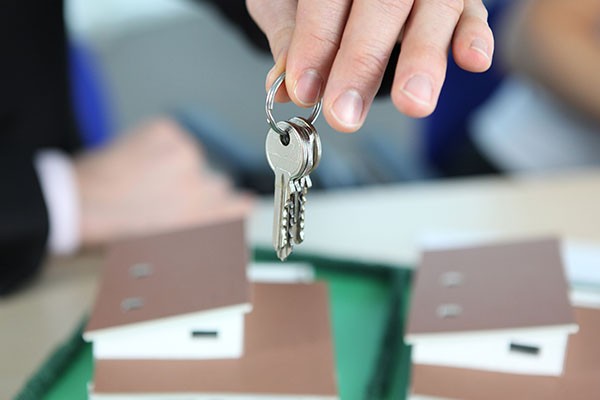UK Consumers Showing Confusion Over Help To Buy Scheme
Keep up-to-date with all the latest property news & updates.

Surveys indicate that a large number of UK consumers showing confusion over the Help to Buy scheme. While it was advertised as easy to understand, straightforward and suitable for many, the details have proven to be complicated and confusing. Let's take a look at the key facts you need to know.
What is Help to Buy?
Under the Help to Buy scheme, people looking to buy a newly built property can receive an equity loan from the government. It's possible to get this loan if you're a first-time buyer or an existing homeowner. However, the price has to be under £600,000. As long as you have a minimum of a 5% deposit, you can only borrow up to 20% (interest-free) for five years. If you're looking to buy property in London, you can borrow up to 40% interest-free.
How is Help to Buy Changing?
While Help to Buy will be extended up until at least 2023, you will only be able to get the loan if you are a first-time buyer looking to buy a newly built property. In addition, from 2021 there are price caps in particular areas, while have the potential to cut the value of properties that you can buy through the scheme.
Is Anyone Ineligible?
Some people can't access the Help to Buy Scheme. In particular, you can't use it to buy a property that you simply plan to let out to tenants, and you can't use the scheme to purchase a second house. You are also restricted to taking out a repayment mortgage, and you have to buy within the scheme's stated price limits.
How Equity Loans Work: The Basics
You must have a minimum of 5% of the sale price of your newly built property as a deposit. The government will then lend you
40% of the sale price if you live in London, or 20% if you live elsewhere in the UK. You subsequently borrow the remaining amount from a mortgage lender, and you must pay back the government's 20-40% after 25 years (or earlier if you happen to want to sell your property).

